Alfredo Guttero (1882-1932)
Get a Guttero Certificate of Authenticity for your painting (COA) for your Guttero drawing.
For all your Guttero artworks you need a Certificate of Authenticity (COA) in order to sell, to insure or to donate for a tax deduction.
Getting a Guttero Certificate of Authenticity (COA) is easy. Just send us photos and dimensions and tell us what you know about the origin or history of your Guttero painting or drawing.
If you want to sell your Guttero painting or drawing use our selling services. We offer Guttero selling help, selling advice, private treaty sales and full brokerage.
We have been authenticating Guttero and issuing certificates of authenticity since 2002. We are recognized Guttero experts and Guttero certified appraisers. We issue COAs and appraisals for all Guttero artworks.
Our Guttero paintings and drawings authentications are accepted and respected worldwide.
Each COA is backed by in-depth research and analysis authentication reports.
The Guttero certificates of authenticity we issue are based on solid, reliable and fully referenced art investigations, authentication research, analytical work and forensic studies.
We are available to examine your Guttero painting or drawing anywhere in the world.
You will generally receive your certificates of authenticity and authentication report within two weeks. Some complicated cases with difficult to research Guttero paintings or drawings take longer.
Our clients include Guttero collectors, investors, tax authorities, insurance adjusters, appraisers, valuers, auctioneers, Federal agencies and many law firms.
We perform Alfredo Guttero art authentication, appraisal, certificates of authenticity (COA), analysis, research, scientific tests , full art authentications. We will help you sell your Alfredo Guttero or we will sell it for you.
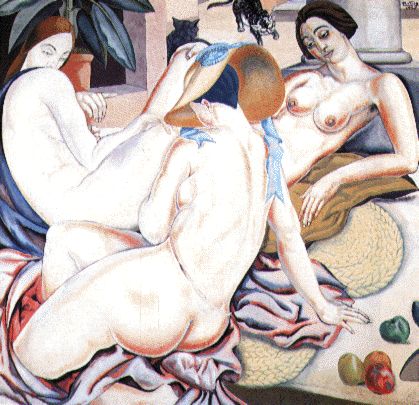
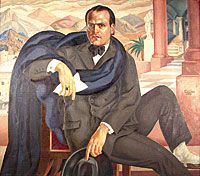
Alfredo Guttero was an Argentine artist born at the end of the 19th century who could not leave aside the Modernism that took place up until the first decade of the following century. This movement that was a combination between technique and art that appeared at the same time in different European countries and in the United States had many points of contact with regard to the style, in spite of different stands.
Probably Guttero was the Argentine plastic artist much more motivated to faithfully capture the Modernism techniques in his work, because Guttero could observe the evolution of this movement directly during his long stay in Europe between 1904 and 1927. Thus the drawings of his characters appear in static attitudes. Nevertheless the intention of initiating certain movements is also expressed, bringing them precisely to the kinetic thing. His work would then be identified with the participation in the cinema art of remarkable development since the end of the 19th century. These characters could be well observed in “Feria” (Fair)” Fair” or “La Feria” (The Fair) (1929). Also in his painting “Bathers or Florentine Bathers”(1925) where the movement is insinuated by the tracing of the waves as a slightly perceptible detail so as not to be immediately noticed. This picture specially remarks naturalism in the sensual attitudes of the bathers in full suits emphasizing realistic details like the wet clothes stuck on the rounded shapes of their bodies and the noticeable hair in the armpits of the women.
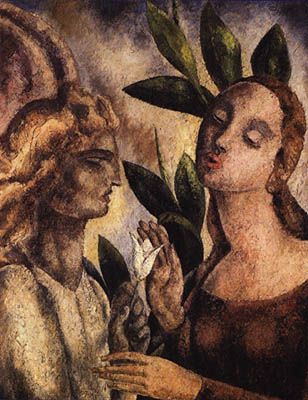

The portraits, specially men portraits (Guttero seems to be mostly interested in the masculine psychology), fully represent the melancholy. They are Fitzgerald-men, languid men with an ambiguous sexuality. When we analyze Lucien Cavarry’s portrait, we observe that the musician is leaned on an armchair, his cadaverous arms hanging inert like the needles of a clock stopped at nine thirty. The pink and violet color of his skin, and the deep circles around his eyes insinuate he might be ill. The strange white of his suit, between contamination and perversion, demonstrates that Guttero’s paintings with people using clothes are much more sexy than those of nude people. Also the portrait of Alberto Candioti, Argentine diplomatic in Italy,where Guttero paints the man in a boastful attitude, almost a metaphysical count. He uses a conceited black cap with the volume and the gravity of the mountains and a monocle that seems to muddy rather than to clarify his vision.
But with regard to women, the relation of Guttero with them is different. The artist tends to keep certain distance. Sometimes he paints them like sketches of his ideas, almost like molds or stereotypes; and sometimes Guttero shows them with an arrogant attitude like his “Georgelina”, with distrust mounted on the fallen eyelids, the black bow of her hat that becomes a way and the minimal smile of her lips.
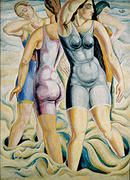

The artist clearly identifies himself by using the colors imagined by us to represent the elements of technology of that time. This is evident in a series of landscapes of the twenties and the thirties. These landscapes show port zones with predominance of industrial buildings of impersonal architecture and other innovative elements of technology. The planes transmit a cold sensation with predominance of straight lines forming squared surfaces, with only the appearance of a solitary tree. An example is the “El Arroyo Vega” (1930) (“The Vega Creek”) for the exquisite and graceful composition of riders on celestial animals crossing upon the round arch bridge thus achieving a fantasy scene of “naive ” art which is not to be seen in other pieces of Guttero.
But Guttero is also the artist of textures. His paintings are made with oily pencil, oil, tempera and cooked plasters, this latter technique invented by the artist. This cooked plaster is a mixture of plaster paste and pigments joined with glue that the artist generally applied on wood panels.
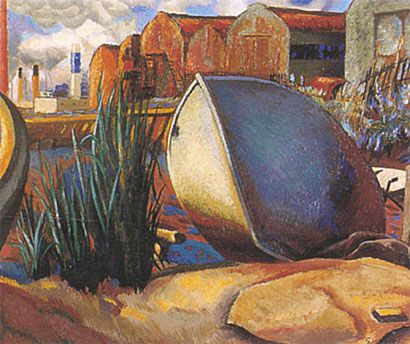
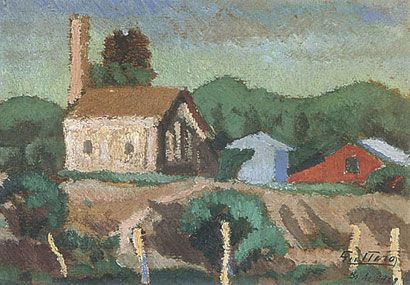
Between 1927 and 1932, year of his sudden death, Alfredo Guttero took part in an intensively managed many exhibitions and other activities that dramatically impacted the Argentine cultural life. Besides he actively continued with the production and exhibition of works of art. In 1931 Guttero took part in the First Baltimore Pan-American Exhibition of Contemporary Paintings where he was awarded with the Museum of Art prize for his painting Annunciation ” (“The Announcement”). In 1932 Guttero achieved the First Municipal Prize with his work “Oda” (“The Ode”). He died when he was fifty years old.
Still wondering about that Argentine painting in your family collection? Contact us…we are the Alfredo Guttero experts.

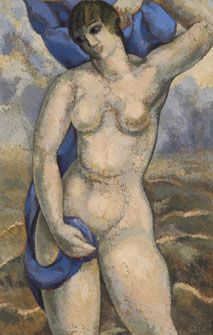
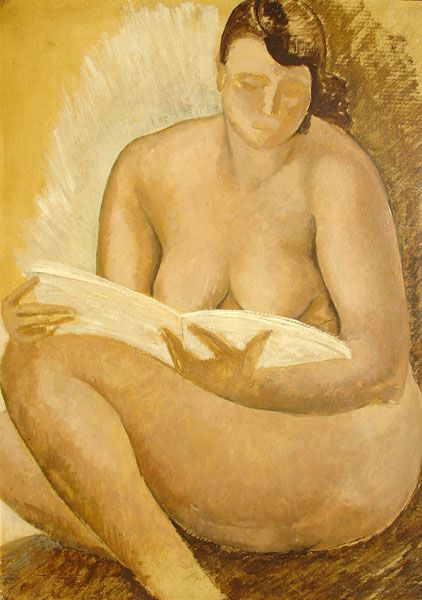

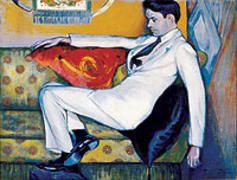
Reviews
1,217 global ratings
5 Star
4 Star
3 Star
2 Star
1 Star
Your evaluation is very important to us. Thank you.
